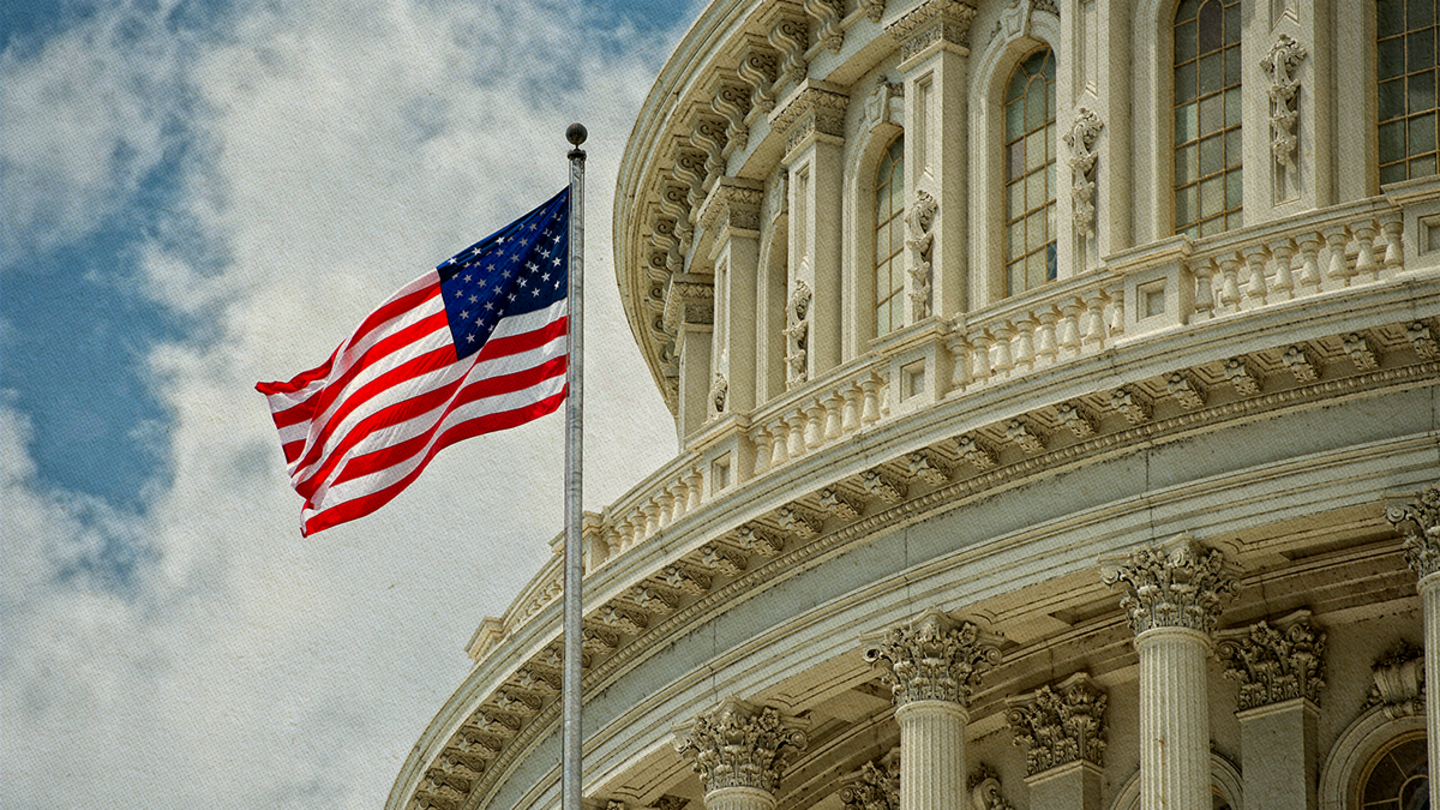This article was originally published by Stand Together Trust.
Most Americans aren't up to date on their state's regulations and how they might affect them. It's not their fault, either.
Anyone who has tried reading their state's regulations often finds long documents with cumbersome language that can be difficult for a layperson to understand. Furthermore, a vast majority of states have an immense number of regulations.
"The average state has 135,000 regulatory restrictions in its administrative rules," say researchers at the Mercatus Center at George Mason University. "It would take about 23,000 hours, or more than 11.5 years [working 8 hours a day all 52 weeks of the year], to read every word of every state regulatory code for the states analyzed."
Buried in these pages are countless regulations that are arbitrary or overly restrictive, like:
- A regulation from 1961 that explains how upbeat a state employee should be when on the job;
- A process to start a floral business that requires an applicant to make a floral arrangement to be judged and approved by a state-assigned board before becoming licensed;
- Vastly different requirements across states to obtain the same license -- for example, to obtain a barber license New York requires 291 hours, whereas Iowa requires 2,100.
Of course, regulations can be an important tool to address problems and create a safe society that promotes flourishing for individuals and communities.
Yet, many state regulations are hindering entrepreneurs and innovators. Fostering economic abundance requires growth in business and employment opportunities.
"When entrepreneurs are free to pursue new opportunities, and businesses are not bogged down by complicated and restrictive regulatory frameworks, they have more freedom to innovate," says Dr. Patrick McLaughlin, senior research fellow at the Mercatus Center. "At the end of the day, the economic engine of America depends upon continuous innovation."
For many Americans, their first encounter with ineffective regulations is when they encounter one that slows down their ability to get to work or start and run a business.
There isn't a quick fix to reform overly complicated or ineffective regulatory codes. However, several states have found paths that streamline the process for policymakers to significantly reduce the number of regulations and implement more effective ones while making the process more transparent and user-friendly to citizens.
Ohio is requiring lawmakers and agencies to strategically and significantly reduce regulations
In Ohio, policymakers have been working since 2016 to reduce the number of regulations in their state significantly. A strategic effort of Buckeye Institute, a grantee of Stand Together Trust, and other policymakers has led to occupational licenses being removed, reforms of licenses to impose fewer burdens on workers, and the recent adoption of universal licensing recognition -- meaning prospective Ohioans with existing licenses can immediately get to work upon moving into the state.
Their biggest success has been the implementation of Senate Bill 9. Signed into law by Gov. Mike DeWine in 2022, this monumental bill is changing how lawmakers understand and implement regulation. SB 9 includes an inventory of every state agency rule and requires agencies to remove two old restrictions before adding a new one.
"While still in its early implementation phase, the reforms compel state agencies to report to the General Assembly all the regulations they impose on Ohioans and their efforts to cut regulations by 30 percent by 2025," explains Rea S. Hederman, Jr. Executive Director of the Economic Research Center and Vice President of Policy at The Buckeye Institute. "To keep state agencies' feet to the fire, the law requires agencies to explain any failures to meet these requirements to lawmakers in public legislative hearings."
Additionally, an online portal was opened for regulated businesses to access information about any new rules.
"Cut Red Tape Ohio is an innovative website that allows Ohioans to communicate directly with regulators and raise concerns about onerous and problematic government regulations," Rea explained, "The site is already making a difference with regulators addressing duplicative and confusing regulations imposed by multiple state agencies."
Making regulations less confusing and burdensome and more understanding is a priority many states share.
Idaho has made its regulatory code more user-friendly
Since Gov. Brad Little took office in 2019, Idaho has cut or simplified 95 percent of regulations, leading them to surpass South Dakota as the least regulated state in the country. Significantly, the state wanted the regulations in Idaho to be "user-friendly."
With that in mind, Gov. Little worked with the legislature in 2019 to simplify 75 percent of the regulatory code in months.
The "subtract two to add one" rule was implemented in Idaho in 2019 through an Executive Order called the Red-Tape Reduction Act. The executive order "requires state agencies that have authority to issue administrative rules to identify at least two existing rules to be repealed or significantly simplified for every one rule they propose." It "also requires agencies to submit a business/competitiveness impact statement that identifies the impact any proposed rule will have on individuals and small businesses."
There were also significant reforms for occupational licenses in Idaho. Drawing upon a report then-Lieutenant Governor Little finalized in 2018, an Executive Order called the "Licensing Freedom Act of 2019" placed sunrises and sunsets on future occupational licenses. Additionally, there are 241 recommendations for improving, modifying, or eliminating licensing requirements or other regulatory burdens.
Throughout 2019, Gov. Little held public meetings and opened public comment periods. Sections of regulations were consolidated and old regulations that were deemed "silly" were removed -- like a regulation that the state's deputy veterinarian "must be attired in neat, clean and correct clothing" and "at all times have proper behavior, be alert, animated, agreeable and have pleasant manners."
The efforts for regulatory reform in 2019 were so successful that Gov. Little formalized the process in early 2020 through executive order.
As Gov. Little explained in a 2020 press release:
"Executive Order 2020-01: Zero-Based Regulation institutionalizes the process Idaho underwent last year, where every regulation that agencies wanted to keep had to be justified, changing the burden of proof and combating bureaucratic inertia."
It's not just the citizens of Idaho who could benefit from Gov. Little's leadership for regulatory reform. In 2022, U.S. Senator Jim Risch introduced the Reducing Regulatory Burdens Act, inspired by Idaho's successful regulatory reform. The bill proposes that federal agencies also be required to remove two in order to add one new regulation. The act, though not passed yet, was reintroduced in October 2023, by Senator Rick Scott, joined by Senators Tom Cotton, Thom Tillis, James Risch, Mike Crapo, Ron Johnson, Josh Hawley, Ted Cruz, and Eric Schmitt.
Virginia is making its regulatory reform process transparent and accountable
Like Idaho and Ohio, Virginia wants those creating regulations to be more intentional in reviewing, revising, and issuing new regulations.
Gov. Glenn Youngkin has committed to reducing Virginia's regulatory burdens by 25%. To accomplish this, he issued an executive order that established the Office of Regulatory Management within the Office of the Governor. The objectives of the Office of Regulatory Management are to streamline regulatory activity and enhance the transparency of regulations.
According to Reeve T. Bull, Deputy Director of the Office of Regulatory Review:
"Key features of the new approach include requirements that: (1) all regulations and guidance documents be reviewed by ORM; (2) agencies use an ORM Economic Review Form that is short and simple, seldom running more than 10 pages when completed; and (3) agencies consider the economic effects of their regulations on specific groups, including local governments, families, and small businesses."
Key features of the new approach include requirements that:
- ORM reviews all regulations and guidance documents.
- Agencies use a short and simple ORM Economic Review Form, seldom running more than ten pages when completed.
- Agencies consider the economic effects of their regulations on specific groups, including local governments, families, and small businesses.
The Virginia Regulatory Town Hall website keeps stakeholders like local government leaders, small business owners, and Virginia citizens informed on upcoming changes, invites opportunities for comments, and even allows individuals to sign up for emails, which can be tailored to specific agencies, boards, and regulations.
Transparency about regulations is not just important for those who need to keep their properties or businesses up to date. Citizens benefit from knowing how regulators manage the resources entrusted to them and are entitled to a forum to offer comments or challenges to regulations.
Economic growth in states is not dependent only on policymakers. Business owners and citizens are necessary contributors to producing economic abundance. Ohio, Idaho, and Virginia are just three states considering the roles of these key stakeholders and paving adaptable paths to meaningful regulation reform that can benefit all citizens.
Learn more about Stand Together's economic progress efforts, and explore ways you can partner with us.




